Affiliate links on Android Authority may earn us a commission. Learn more.
Google Project Fi review - can Google make it as a carrier?
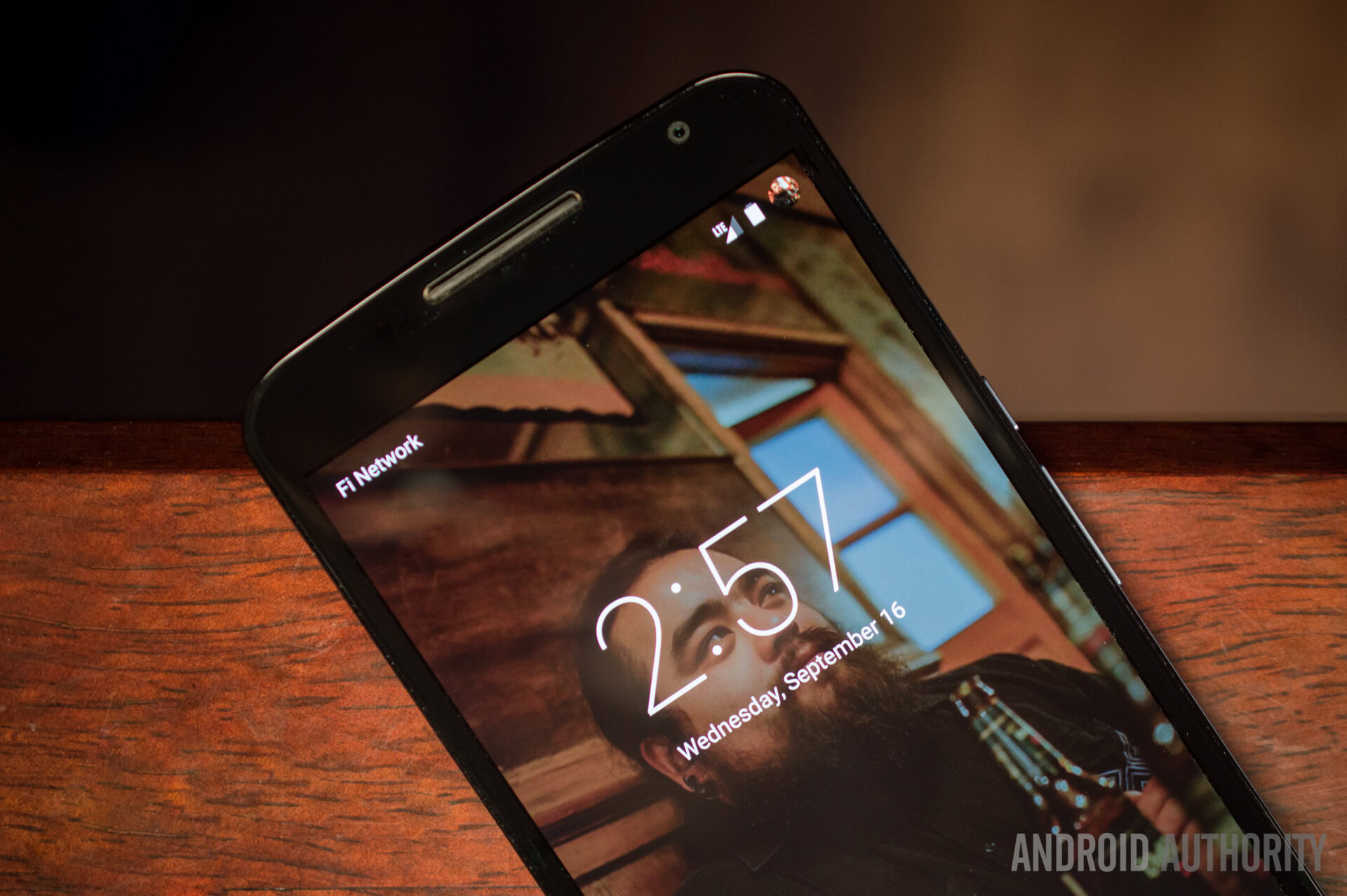
Google has been known to break whatever market they step into, offering great products and services while undercutting competing prices. An example is their Google Fiber initiative, which brings Gigabit speeds to select markets for insanely affordable prices. Before that, they took on the cloud storage commerce with Google Drive. The list goes on, but today we are focusing on their latest major side gig – Project Fi.
Google’s Project Fi is the Search Giant’s attempt at testing the carrier waters. They have become an MVNO to a couple carriers and also harness the power of WiFi networks to offer a very unique type of cellphone service. It’s pricing system is also very distinctive, but we will jump into all those details later in the review.
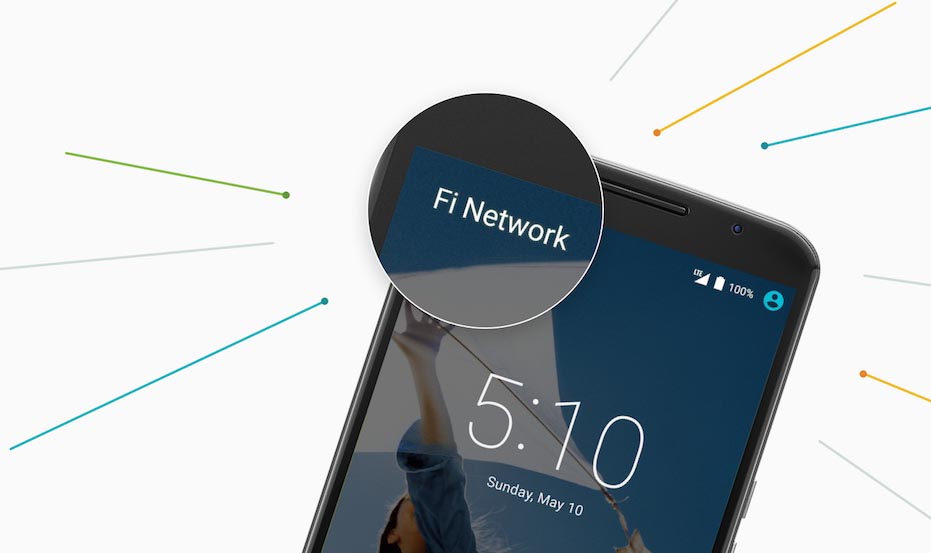
When project Fi launched, we were a bit hesitant about certain aspects of this new wireless service provider. But we won’t simply discard it! I took it upon myself to request an invite, buy a Nexus 6 and sign up for the service. I have been using it for a couple months now and am ready to give you the full rundown. Is Project Fi all Google hyped it out to be? Let’s find out!
A bit about Project Fi
As already stated above, Project Fi is not really its own carrier – it’s an MVNO (mobile virtual network operator). This simply means that it doesn’t operate on its own towers. The interesting part is that Google’s wireless services are special in multiple other ways.
Project Fi piggybacks off both T-Mobile and Sprint networks. The device will simply choose whichever is stronger and faster at the time. Likely the most interesting aspect is that Project Fi also harnesses the power of WiFi networks in order to bring you a more affordable price point. When connected to WiFi, calls, messages and data (of course) are routed through the internet, instead of using the network towers, which would cost Google extra cash.

In order to further entice users to stick to WiFi networks, Google can determine which public WiFi hot spots are reliable and require no action to connect to them. Your device will do this automatically. But don’t freak out just yet – you can definitely turn off WiFi if you prefer.
By the way, running this type of hybrid network is no easy task, and Google needs full control over the devices that operate under this MVNO. The best way to do this is by using Nexus devices, which means only the Nexus 6 is compatible with the service right now. The good news is that support for upcoming Nexus smartphones is more than likely in the works.
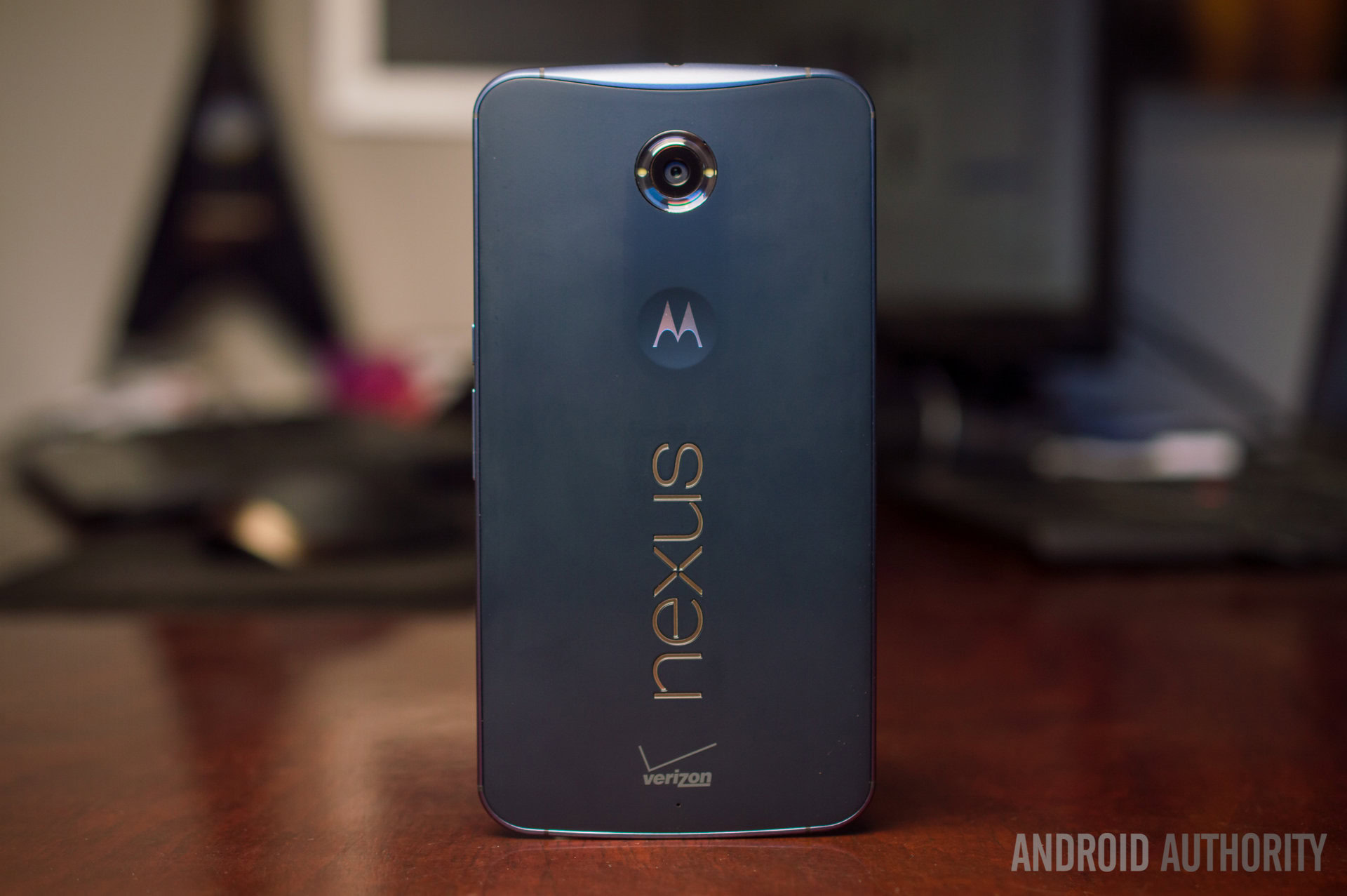
Pricing
While I usually wait until the end of a post to talk about pricing, I feel this time around we should make an exception. Pricing is especially an important part of Project Fi’s offerings. Thanks to the way the service can offload some of the weight to WiFi networks, Google can often save a lot of money by not using actual cellular towers and paying fees to the carriers.
Thanks to this system, Google is able to charge $20 for the base services, which include unlimited texting and calling within the USA (affordable rates for calling other countries). Moving beyond the basic needs, the user has to pay for the data he uses, which is priced at $10 per gigabyte. And Google means it when they say this is the price; data is always this price, and customers will be charged only for what they use.
You can choose an approximate amount of data, and Google will charge you accordingly, but they won’t take any money they don’t deserve. Let’s say you usually go through about 2 GB, but one month you took it easy and ended up using only 500 MB. Google will only charge you $5 for data and return the rest of the money (except for the base $20, of course) as credit towards your next bill. They don’t return the cash, which is why you should always calculate your data usage as closely as possible.
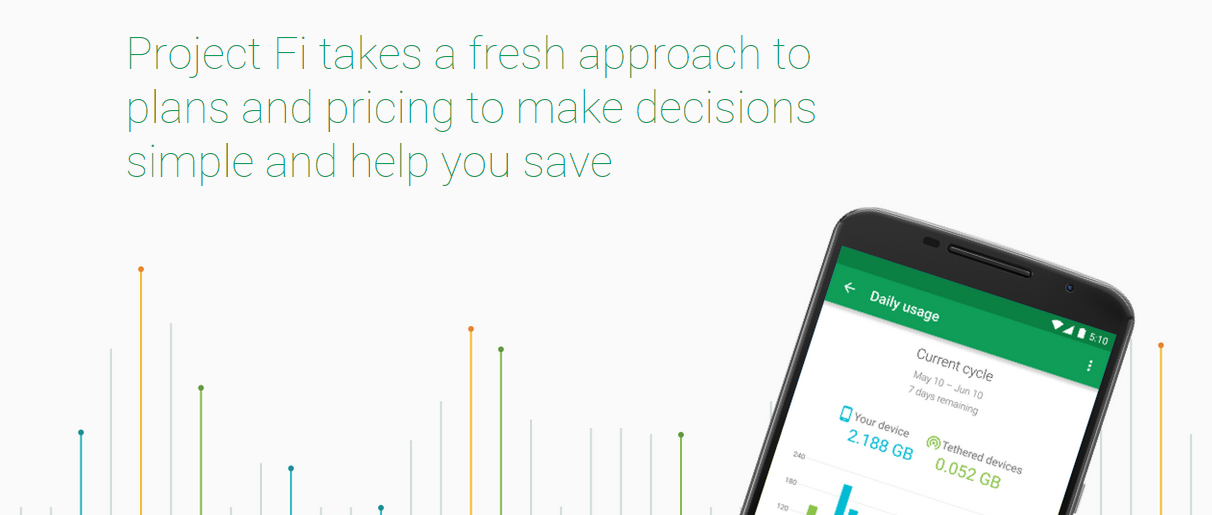
The only discrepancy with pricing is that $10 for a single gigabyte can definitely get expensive if you are a heavier user, which is why I will stress that Project Fi may not necessarily be for everyone. This service is great for those who spend a lot of time using WiFi. If you are a data hog, try looking elsewhere.
International services
To be honest, this is the sole reason why I personally decided to switch to Project Fi. I happen to travel very often, especially since I live near the Mexican border. But this is not only good for those who are close to a neighboring country. In fact, all Project Fi users get international data roaming in over 120 countries at no extra charges!
All Google charges for is the data you used while in these countries, which happens to be priced equally to domestic internet usage – $10 per GB. International texting is included and calls cost 20 cents a minute while using cellular networks. Fees are reduced while on WiFi.
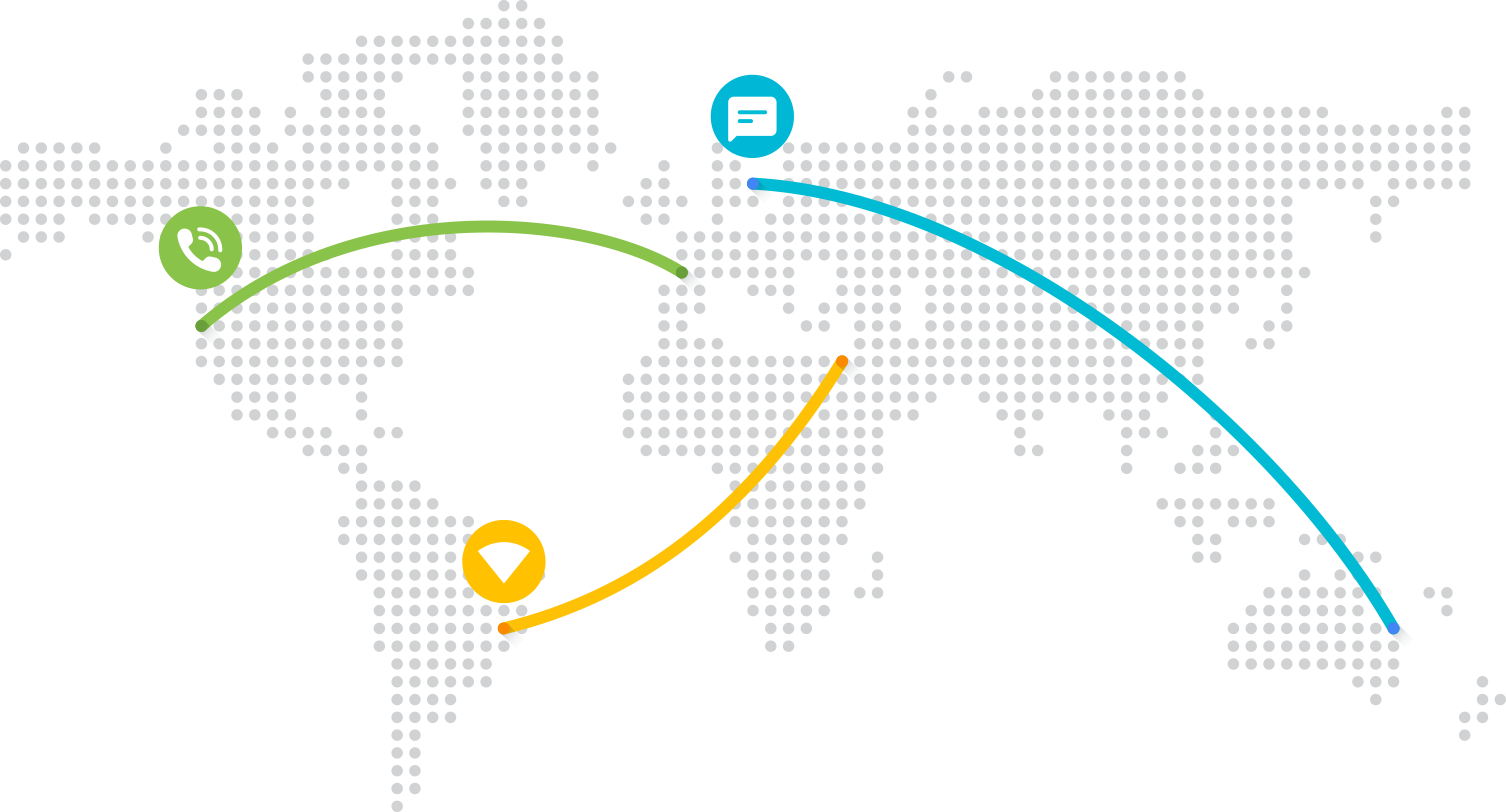
I can’t tell you how great it feels not having to worry about data roaming fees outside the USA. Data roaming can get very expensive with other carriers, and I have heard of plenty of horror stories about people paying hundreds just for sharing selfies on social networks.
This could be the answer to many a traveler’s prayer. In fact, I would consider getting a Project Fi SIM card only for when traveling. After all, you could just pause or cancel service whenever you want.
My personal experience with Project Fi
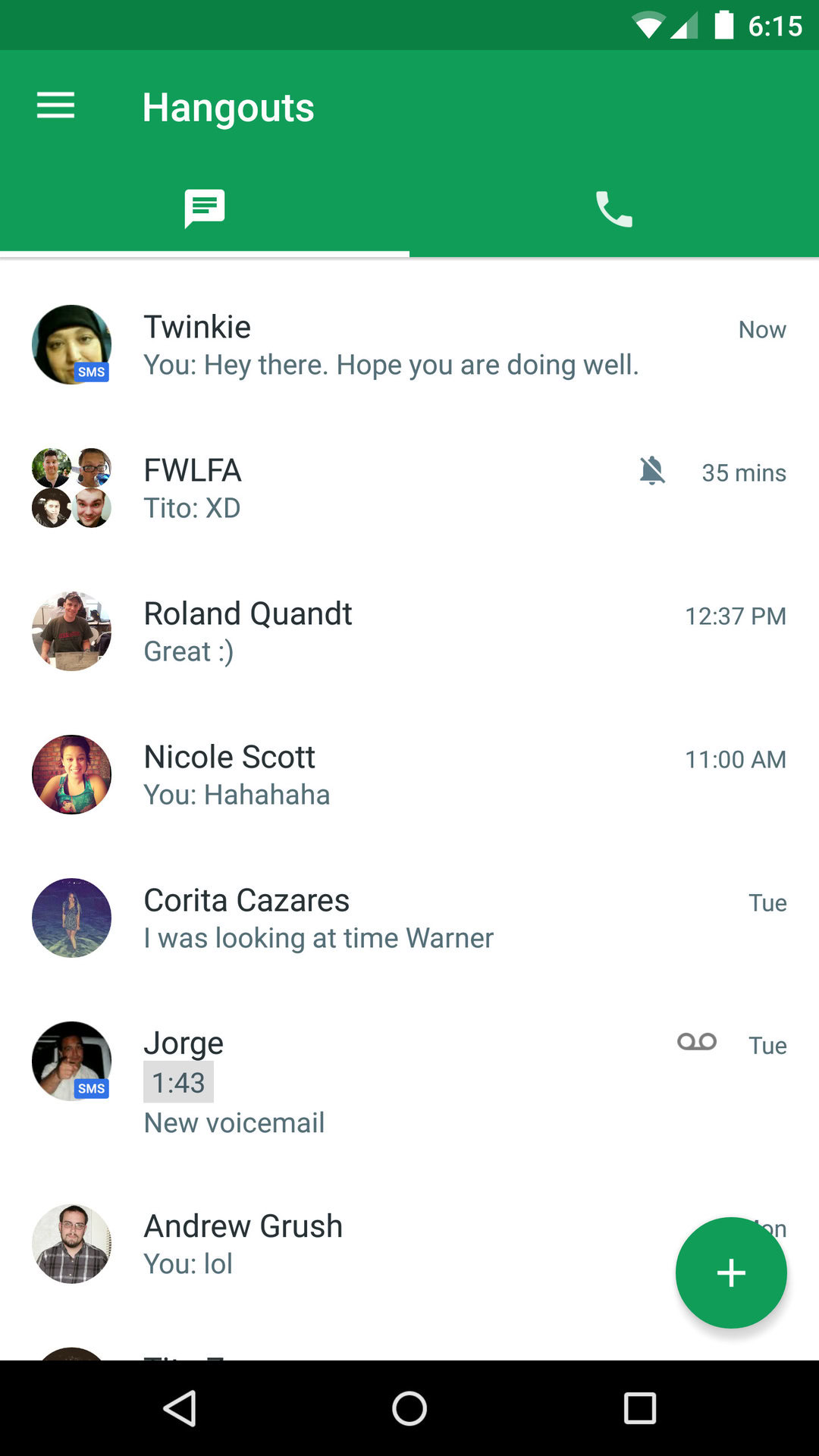
You can call and text people through data using Hangouts on your smartphones, tablets, computers and other smart devices. This is convenient, but it can be quite confusing for those of us who like keeping our communication tools separate. Not to mention, regular text messaging apps have more features, which is why Google currently recommends you use their Messenger app, instead.
Get past the software technicalities and you will find the service is pretty darn good for the price. Remember you are pretty much using two of the best four carriers in the USA, which warrants a pretty stable signal most of the time. I rarely step out of 4G LTE coverage in San Diego. Sure, the network is not at the same level as my daily driver (Verizon), but I can totally live off this coverage without making any remarkable sacrifices. Also keep in mind that Project Fi only costs a fraction of the premium price I pay for Verizon’s network.
Calls, messages and data worked very well over Project Fi, and I never encountered any issues or distorted calls, even while switching in and out of WiFi and carrier networks. Coverage in Mexico was also flawless, and I do happen to use my phone there about 30% of the time.
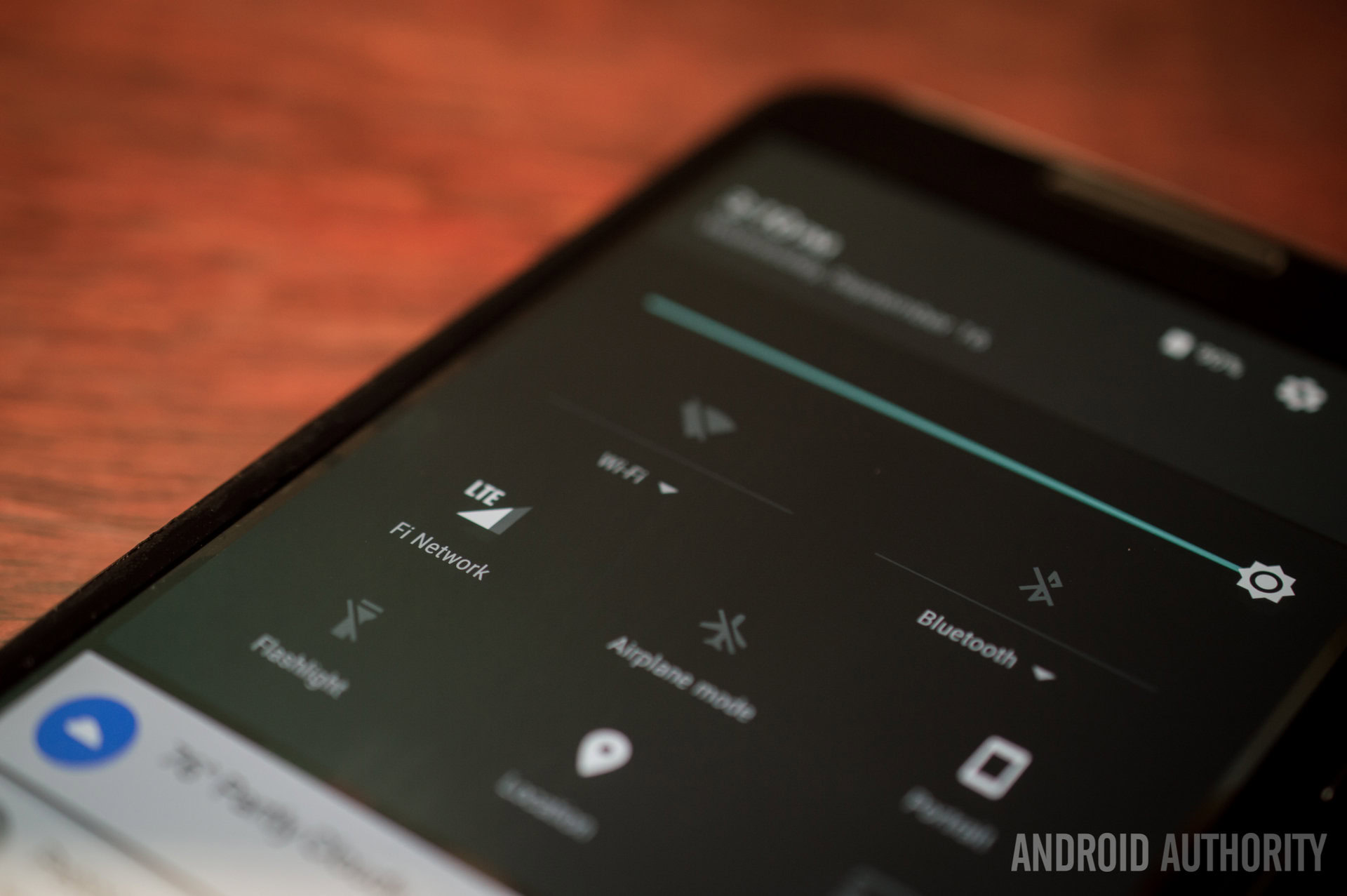
Billing is simple and I have honestly never paid so little for wireless services before. My monthly bill averages at about $20 to $30! Of course, I am a special type of user, though. I spend most of my time at home, where I am always using WiFi. It’s obvious I am not a heavy data user, and so this pay-for-what-you-use model works perfectly for me.
Google did a good job making the transition between networks seamless. I never got cut off when switching from WiFi to cellular towers. The service is solid, guys. And if you have good T-Mobile and/or Sprint reception, you will be doing just fine with your data speeds.
The Project Fi app
The Project Fi application is available straight from the Google Play Store. It is pretty straight forward, really. There are three tabs that let you manage your service in every way. These are labeled as “Account”, “Billing” and “Support”.
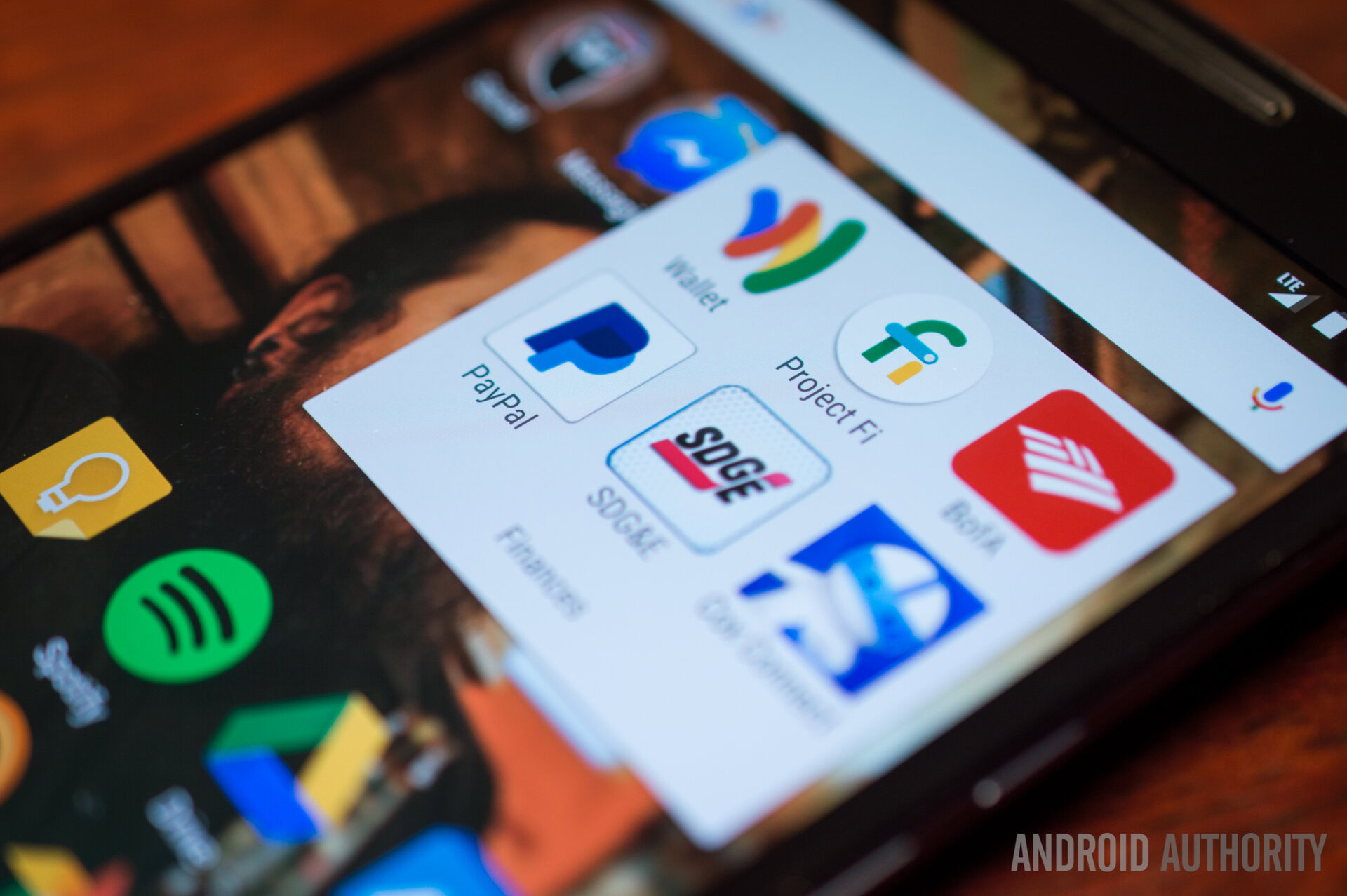
The Account tab is where you will be looking for things most of the time. It tells you how much data you have used, as well as your available allotment. Scroll down and you can also manage your plan. It’s possible to add more GBs, limit service & calls outside the USA, cancel your plan or pause the service.
The Account tab also has shortcuts for updating your payment method, accessing your voice mail, setting up call forwarding editing alerts and more.
The Billing tab offers details on scheduled payments and past statements. It’s pretty straight forward and only serves as your book keeping tool. And of course, the Support tab can help you get in touch with Google, as well as the Project Fi community on Google+.
Overall, I think the app is great. Google is known for its online service and this is something that shows in this application. They are offering you everything they can right off the bat, so you can avoid having to call them as often. It’s all in there, in a very well-organized and sleek manner.
I rarely ever use it, but that is actually a good thing. And when I do get to play around with it I am in and out in a jiffy.
Conclusion
I know I have said this already, but I must stress that Project Fi is not for everyone! It can get pricey if you use a lot of data and are not within WiFi range all the time. And even if you figure you will end up spending the very same amount of money with another carrier, it might still be smarter to go elsewhere, as there are many benefits to going with a traditional service provider.
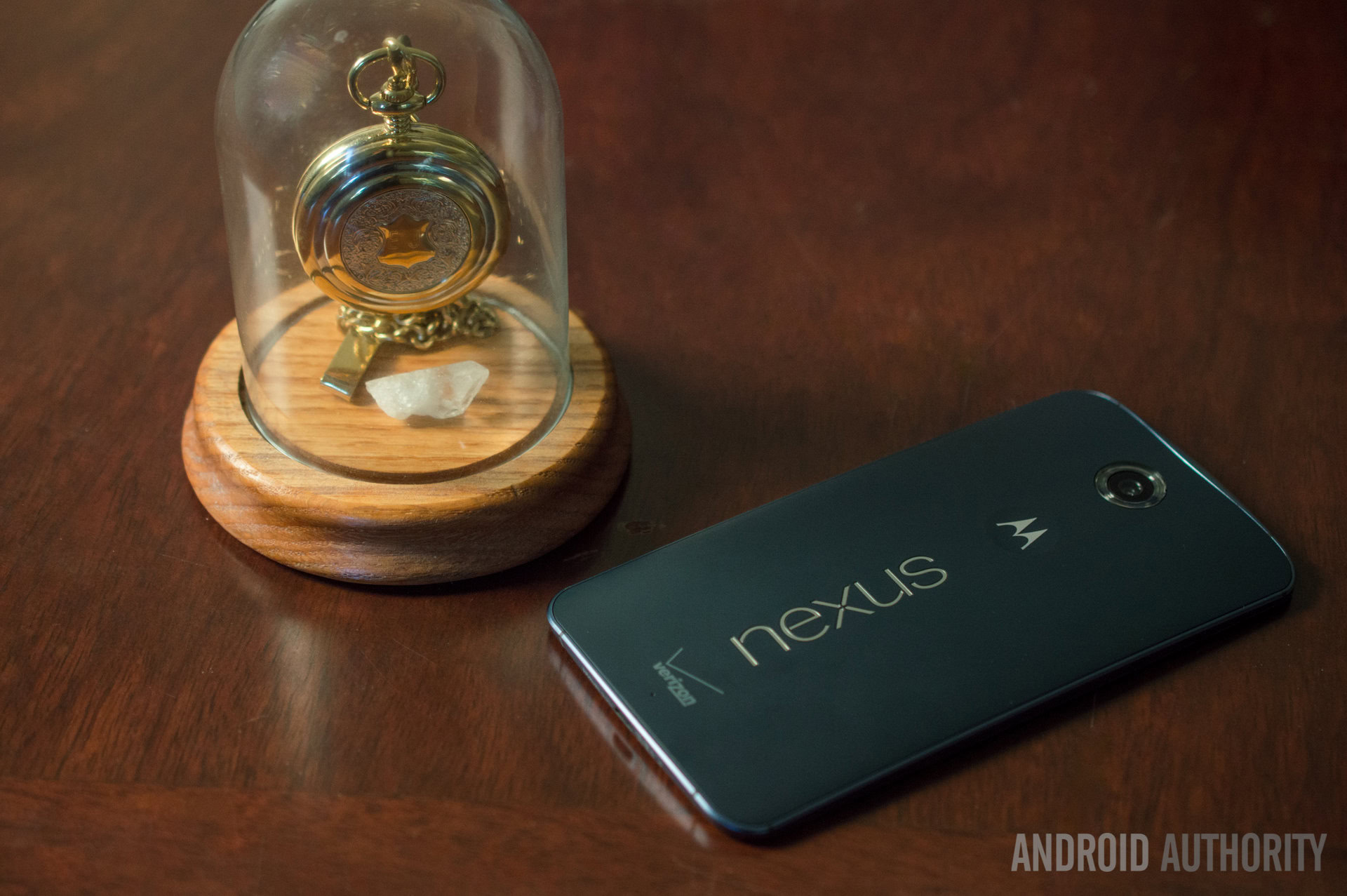
For starters, smartphone selection is abysmal at this point. Going with Project Fi entails having to live with the Nexus 6 (at least until more devices are added to the list, and they will more than likely also have to be Nexus phones). Don’t get me wrong, the 5.96-inch device is awesome, but it is definitely not for everyone. Its size can certainly intimidate many a small-handed user.
Furthermore, there are a bunch of other phones you may want to take a look at! I am personally loving the LG G4 right now, and really wish I could take it over to Project Fi, but alas.
But the benefit is not only more smartphone availability; certain carriers can offer deals and add-ons that you won’t find on Project Fi. Let’s take T-Mobile as an example, as I believe it is the closest competitor to Project Fi, at least among the largest 4 carriers in the USA.
Magenta’s lowest plan costs $50. Sure, it may be only 1 GB of 4G LTE, but data continues to be unlimited after that. T-Mobile also has all the Uncarrier offerings, which include free music streaming (depending on the app), international texting and 2G data roaming with no fees, full service in Mexico and Canada (also with no roaming fees), data rollover, device installment plans and even an early upgrade program (JUMP).

Project Fi is, for all intents and purposes, mostly for the casual user… or for those who spend most of their time on a WiFi network. For these customers, it will do more than a fine job. I can honestly say it’s possible for me to currently drop my Verizon plan altogether, and that is saying a lot.
Interested? Go over to Project Fi’s website and ask for an invite! And don’t forget to hit the comments and tell us what you think of Project Fi. Are any of you using it? Are you considering switching to Google’s wireless services? And more importantly, can you live